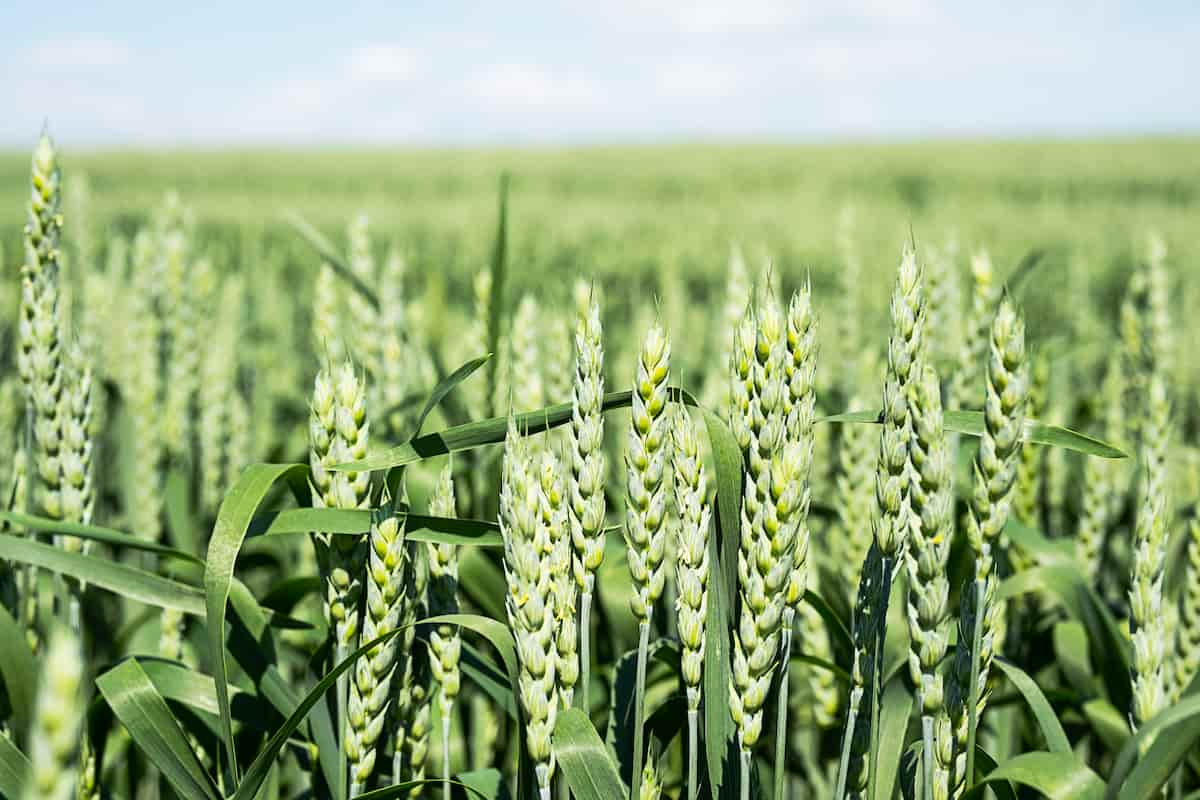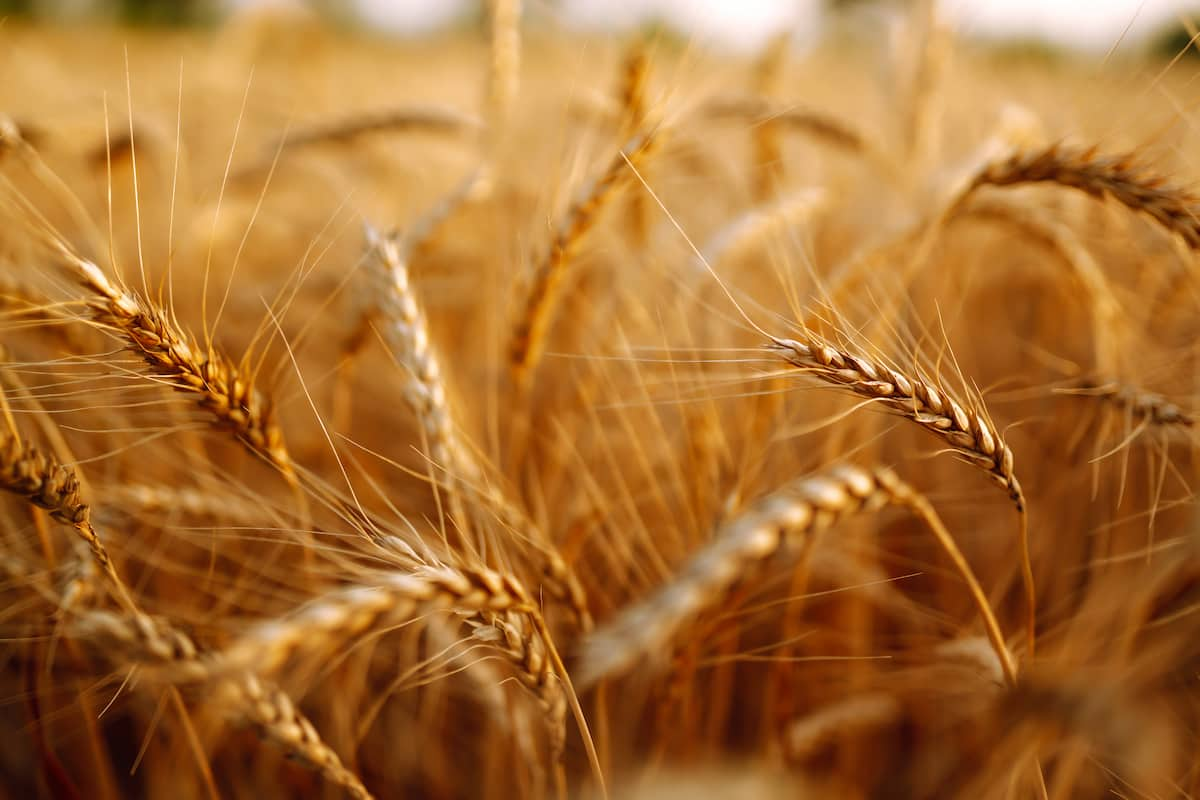Wheat farming is a lucrative and sustainable agricultural practice in Texas. With a diverse climate suitable for various wheat varieties, Texas offers an excellent opportunity for farmers to engage in this profitable business. This article will provide a step-by-step guide to starting wheat farming in Texas, focusing on planting, irrigation, fertilization, and harvesting. We will also discuss the climate of Texas and the best wheat varieties for the region.

How to Start Wheat Farming in Texas
Understanding the Climate of Texas for Wheat Cultivation
Texas has a diverse climate, which makes it ideal for cultivating different wheat varieties. The state has a mix of humid subtropical, semi-arid, and arid climates. The climate varies widely throughout the state, from humid subtropical in the east to semiarid and arid in the west. Winter wheat thrives in the cooler months of the year and can be grown in all climate zones of Texas. However, the best areas for wheat production are in the High Plains, Rolling Plains, and Blackland Prairie regions.
Selecting the Right Wheat Variety
Two main types of wheat grown in Texas are hard red winter wheat and soft red winter wheat. Hard red winter wheat is more popular and widely grown in the state due to its higher protein content and excellent milling and baking qualities. Soft red winter wheat is grown in smaller quantities and is primarily used for pastries and crackers. Popular hard red winter wheat varieties include TAM 112, TAM 204, and TAM 305, while soft red winter wheat varieties include AGS 2060 and AGS 2035.
Soil Preparation and Testing
Before planting wheat, it is essential to test the soil’s pH, nutrient levels, and texture. A soil test will help determine the right balance of nutrients for optimum wheat growth. Wheat prefers well-draining soil with a pH between 6.0 and 7.0. On the other hand, if it is too high, sulfur can be applied to lower it. Preparing the soil involves plowing and tilling to break up compacted soil and improve aeration and water infiltration.
Planting and Seeding
In Texas, the ideal planting time for winter wheat is from late September to early November. However, planting can be extended until mid-November in the southern regions. It is important to timing the planting so that the wheat has enough time to develop a healthy root system before the onset of winter. Seed rates vary depending on the variety and planting method, but 60 to 120 pounds of seed per acre is typically recommended. Drilling the seeds into the soil at a depth of 1 to 1.5 inches ensures better germination and plant establishment.
Irrigation
Wheat in Texas can be grown under both dryland and irrigated conditions. However, supplemental irrigation is often necessary to ensure optimum yields, especially in the drier parts of the state. The most critical period for wheat water requirements is during the stem elongation and grain fill stages. During these crucial stages of plant development, it is recommended that 1 to 1.5 inches of water be applied each week. Drip irrigation and center-pivot systems are commonly used in Texas wheat fields to improve water use efficiency and minimize water waste.
Fertilization
Proper fertilization is crucial for achieving high wheat yields. Wheat needs a good supply of nitrogen, phosphate, and potassium in addition to other nutrients. Soil tests should guide the application rates of these nutrients. Generally, 80 to 120 pounds of nitrogen per acre is recommended for hard red winter wheat, while 60 to 90 pounds per acre is recommended for soft red winter wheat. Phosphorus and potassium application rates depend on the soil test results and can range from 20 to 50 pounds per acre for phosphorus and 30 to 60 pounds per acre for potassium.
In case you missed it: How to Start Sorghum Farming in Texas: A Step-By-Step Production Guide for Planting to Harvest

Nitrogen fertilization can be split into two or three applications throughout the growing season to improve nutrient use efficiency and reduce the risk of nitrogen loss. The first application should be at planting or shortly after, with the second application at early tillering (usually in late winter or early spring) and the third, if necessary, at the jointing stage. Phosphorus and potassium are typically applied at planting or in the fall, and their application can be combined with nitrogen application to save time and labor.
Pest and Disease Management
Wheat in Texas can be affected by various pests and diseases, which can reduce yields and grain quality if not managed properly. Insect pests such as aphids, armyworms, and Hessian flies can cause significant damage to the crop. Regular scouting and timely application of insecticides can help manage these pests.
Diseases such as stripe rust, leaf rust, and powdery mildew can also affect wheat in Texas. Select resistant wheat varieties and practice crop rotation to minimize the risk of disease outbreaks. Fungicides can be used when necessary to control disease spread, but their application should be based on scouting and disease severity to avoid unnecessary chemical usage.
Weed Control
Effective weed control is essential for achieving high wheat yields. Weeds compete with wheat for water, nutrients, and sunlight, reducing the crop’s overall productivity. Pre-plant herbicides can be applied to control winter annual weeds, while post-emergence herbicides can be used to manage weeds during the growing season. The choice of herbicide depends on the specific weed species present in the field, and proper timing of herbicide application is crucial to ensure effective weed control.
Harvesting
Depending on when it was planted and the circumstances at the time, wheat in Texas is normally ready for harvest somewhere between the end of May and the beginning of July. Harvesting should be timed based on the moisture content of the grain, which should be between 12% and 15% for optimum storage and milling quality. Combine settings should be adjusted to minimize grain loss and damage during harvest. Grain should be cleaned and stored in a well-ventilated, dry environment to prevent spoilage and insect infestation.
In case you missed it: How to Start Cotton Farming in Texas: A Step-By-Step Production Guide for Planting to Harvest

Conclusion
Wheat farming in Texas can be a profitable and sustainable agricultural enterprise with the right knowledge and management practices. By understanding the climate, selecting the appropriate wheat varieties, and following proper planting, irrigation, fertilization, and harvesting techniques, farmers in Texas can achieve high yields and quality wheat production. Attention to pest, disease, and weed management is also crucial for the success of wheat farming in the state. With careful planning and implementation, Texas farmers can reap the benefits of this valuable crop.
- Feed Your Flock for Less: Top 10 Tips to Save on Chicken Feed
- Ultimate Guide to Ossabaw Island Hog: Breeding, Raising, Diet, and Care
- Hatching Answers: The Top 10 Reasons Your Chickens Aren’t Laying Eggs
- Eggs and Economics: Breaking Down the Cost of Raising Backyard Chickens
- Defend Your Greens: Proven Methods to Keep Iguanas Out of Your Garden
- Ultimate Guide to Cinnamon Queen Chicken: A Comprehensive Guide for Beginners
- Ultimate Guide to California Tan Chicken: Breeding, Raising, Diet, Egg-Production and Care
- Ultimate Guide to Marsh Daisy Chicken: Breeding, Raising, Diet, and Care
- 10 Types of Chicken Farming Businesses You Can Start for Profits